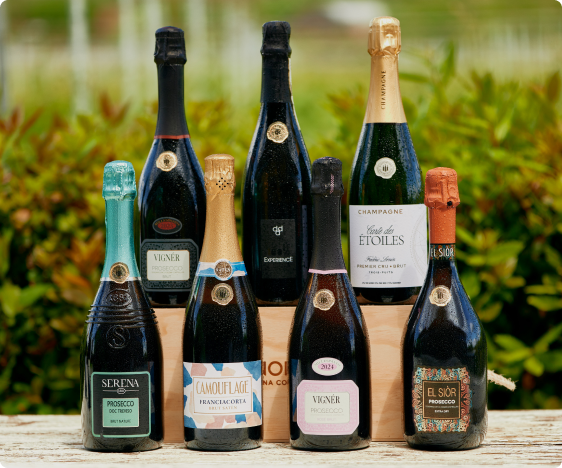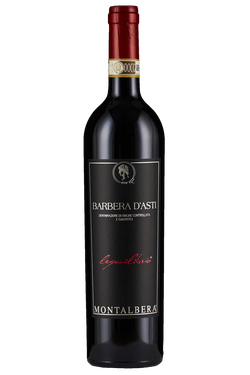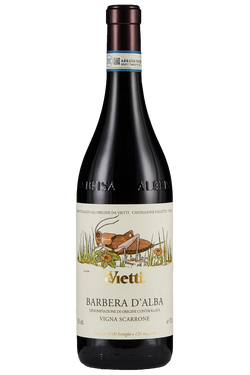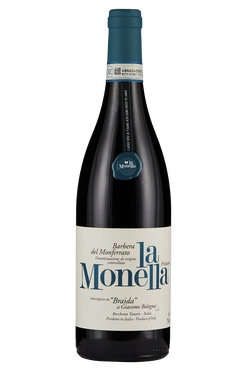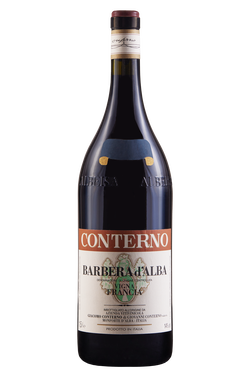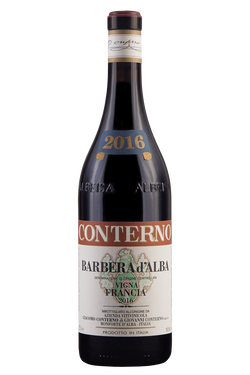The history of Barbera: symbolic wine of Piedmont
Barbera is a name that is known in the world of Italian wine, but does it take the masculine or feminine form in Italian? The common school of thought identifies Barbera in the masculine form (il Barbera) when referring to the variety, while the feminine form (la Barbera) is associated with the wine. No matter what gender is used to describe it, the long history that makes Barbera unique among Piedmont’s wines still stands. Originating from Monferrato, the Barbera variety is not as old as others, such as Nebbiolo, but it has probably been in the area since the Middle Ages. In recent years, Barbera has conquered the surrounding cities and, following the construction of the railway to the port of Genoa, has gone beyond Italy’s borders. Barbera wine was a large resource in the reconstruction of Piedmont’s grape varieties after the phylloxera infection which occurred in the late 19th century, thanks to its versatility, high sugar content, consistency in production and rusticity. According to some sources, this characteristic gave this variety its name. In fact, one side of the etymology debate attributes the origin to the medieval Latin term “barberus” (rude, aggressive), due to the strong character of the wine made from the Barbera variety. Others, however, suggest that the name derives from vinum berberis, a fermented grape juice from beyond the Alps, brought to the area of Piedmont in the late Middle Ages.
Characteristics of Barbera
Long thought of as rustic and sold as a product to be drunk in pubs, Barbera wine saw a revival of its image in the second half of the 20th century, with the creation of the Consorzio Barbera d’Asti e Vini del Monferrato (consortium of Barbera d’Asti and wines of Monferrato) in 1946 and in particular, a boom in the 1980s. The Barbera variety is particularly versatile, that can be used to produce many different types of wines, such as Barbera frizzante, the still version and the sweeter Moscato. Barbera is a wine that lends itself to being drunk young, but also aged. For example, the Superiore type, with barrel ageing for at least six months, allows the initial acidity and sharpness to become rounded creating a spicier and more rounded wine. The ABV of Barbera wine is never less than 12%, and can be as much as 15% if aged. Despite this, the structure of Barbera masks the high alcohol content, making it still pleasant to enjoy. The wine obtained from the Barbera variety has an intense red colour; on the palate it is floral, spicy and full-bodied. The characteristics of wines that contain a high percentage of Barbera in the bend, however, vary widely in each case. In fact, as it is a fertile, versatile and productive variety, it is very widespread on Italian soil, and also internationally. For this reason, Barbera serves as the base for various wines, not only red wines from Piedmont, but also from Lombardy, Emilia-Romagna, Liguria, and Valle d’Aosta.
Barbera d’Asti and Barbera d’Alba: differences
The first difference between Barbera d’Asti and Barbera d’Alba is in the name: while the former comes from the area of Asti, Barbera d’Alba is produced in the Langhe, and its renown is often confused with the more well-known wines Barolo and Barbaresco. The second difference is the designation: Barbera d’Alba is a DOC wine, while Barbera d’Asti obtained DOCG recognition in 2008. In 2016, the Barbera d’Asti family grew with the awarding of DOCG recognition to Barbera d’Asti Superiore Nizza, or simply Nizza. While Barbera d’Alba contains a minimum of 85% of Barbera grapes, blended with Nebbiolo up to a maximum of 15%, Barbera d’Asti has a stricter protocol. In fact, it must contain at least 90% of Barbera grapes, blended with up to a maximum of 10% of other non-aromatic black grape varieties, such as Dolcetto, Freisa and Grignolino. The strictest protocol is, however, that of Nizza, a monovarietal wine made from Barbera grapes. Barbera d’Alba has an intense colour, a low level of tannins and marked acidity. Barbera d’Asti, however, is a more lively wine, with an intense ruby red hue, tending towards garnet with ageing, and with berry fruit notes which tend to become spicy if aged in barrels.
The versatility of the Barbera variety: pairings
Given the versatility of the variety and the different characteristics of Barbera-based wines, there are a multitude of potential pairings with Barbera. As a young, simple and light wine, Barbera is an excellent choice of aperitif wine. It pairs really well with another acclaimed speciality from the region, il vitello tonnato, or vitel toné in Piedmontese, but it is also particularly suited to cured meats and cheese boards. In general, this is a wine that can accompany the whole meal in its young versions, and can easily be paired with a wide range of dishes, even in the Barbera frizzante version. As for the Superiore type which is barrel aged, this is a more full-bodied wine to be paired with gutsier dishes and suited to more structured meals, such as Sunday lunch. Once again, and unsurprisingly, a perfect pairing comes from the same area where Barbera is produced. Barbera Superiore, in fact, goes really well with another Piedmont icon, bagna cauda. Dishes with intense flavours such as feathered and fur game, and also cheeses, especially blue or mature cheeses, are particularly suited to bonding with the flavours of Barbera Superiore.

